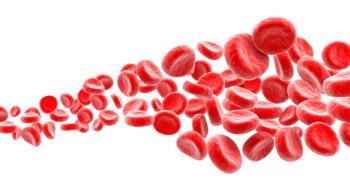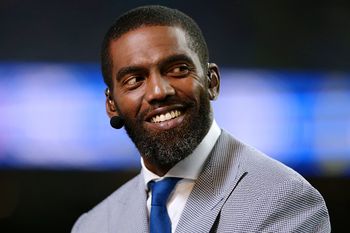
Waldenstrom Macroglobulinemia: When to Initiate Therapy
Transcript:
Steven P. Treon, MD, PhD: I think when a patient is diagnosed with Waldenström macroglobulinemia, there are a number of critical questions that emerge. The first really is, do I need treatment at this time? And sometimes both the clinician as well as the patient can be very conflicted on this point. There is a scoring system that we often use that tells us if a patient requires therapy. For instance, if the blood counts are under a certain level, like a hemoglobin less than 10 or a platelet count less than 100,000, we will often treat the patient, but only if those symptoms or those findings are because of the Waldenström macroglobulinemia itself.
We look at peripheral neuropathy for those patients who have it, maybe up to a quarter of all patients who have it. Is it moderate? Is it severe? How fast is it progressing? It would be one of the things that we would actually think about. Does the patient come in with hyperviscosity symptoms? Are they having problems with their vision or nosebleeds? That’s an acute emergency. That patient is going to be requiring therapy. So I think it’s very important once the diagnosis is made is to determine if the patient requires therapy because with a lot of patients, watch and wait is very appropriate: Maybe up to 30 percent of all patients based on the series that we have here at our institute. So I think that becomes the most important question.
And then, of course, we decide what to treat with if you require therapy. And make no mistake that even today we don’t have any trials that tell us that one answer is better than the other, and that’s why being able to have the patient come to a center of excellence ideally to make those treatment decisions, perhaps even participate in clinical trials, is very important. And I think it’s important to keep in mind for a patient that once that decision of needing treatment is required, really look and see what clinical trials are available, look and see what the current state of therapy is.
Some of these therapies are leveraged by the underlying genomics. For instance, BTK [Bruton tyrosine kinase] inhibitors are a good idea if you have the MYD88 mutation. If you also have the CXCR4 mutation, they may still be a good idea depending on how fast you need a response. And so these are the things that we talk to patients about once they come here and see us.
I think an important decision point is when to start therapy. Many patients are often not wanting to start therapy, when in fact, it’s appropriate to do so. And other times we find that patients have come with the recommendation to start therapy, when in fact, they didn’t need at that point in time to have therapy started. For this reason, I recommend being able to seek the expertise of somebody who sees Waldenström macroglobulinemia patients. They’re uncommon. To be quite honest, they’re uncommon. But going to a center of excellence is very important because that decision making can be made with the benefit of an expert. And in many cases, not most cases, the patient can then go back to their local oncologist and perhaps be better informed and coguided by a Waldenström macroglobulinemia expert along with their local hematologist-oncologist.
Transcript Edited for Clarity




